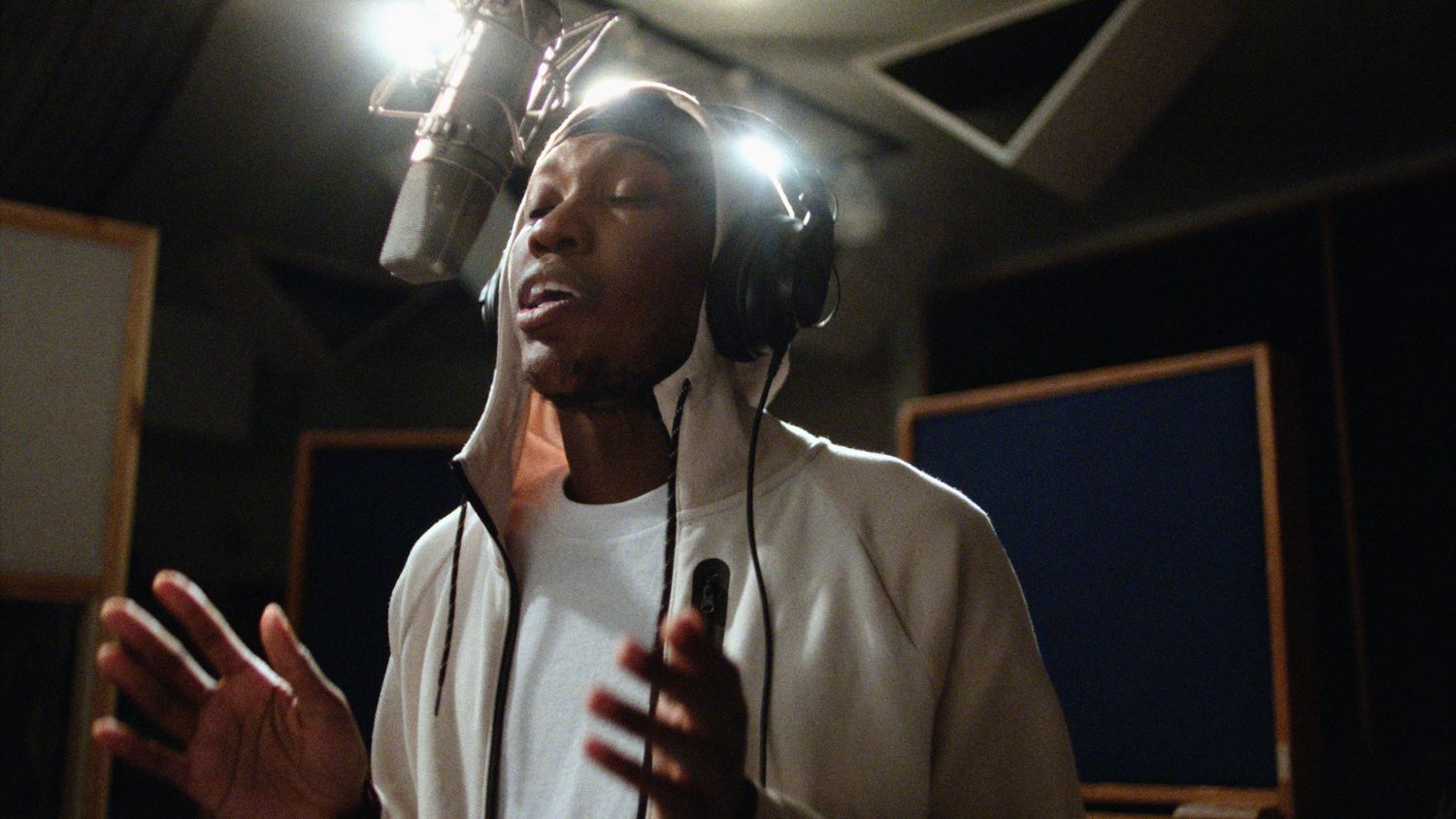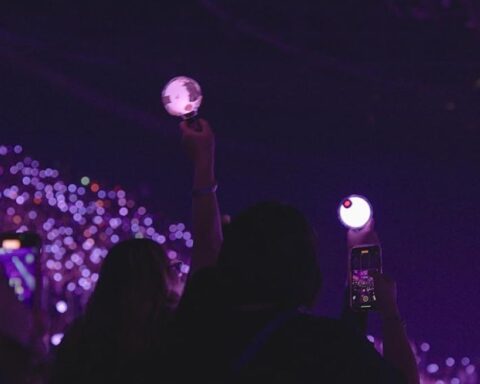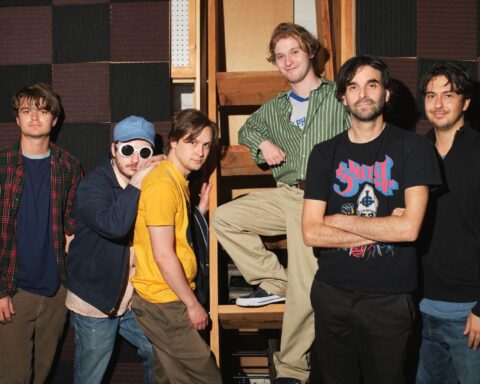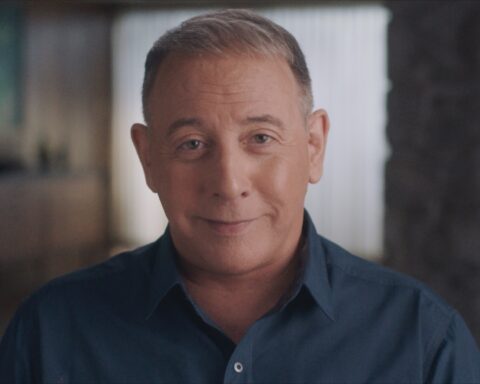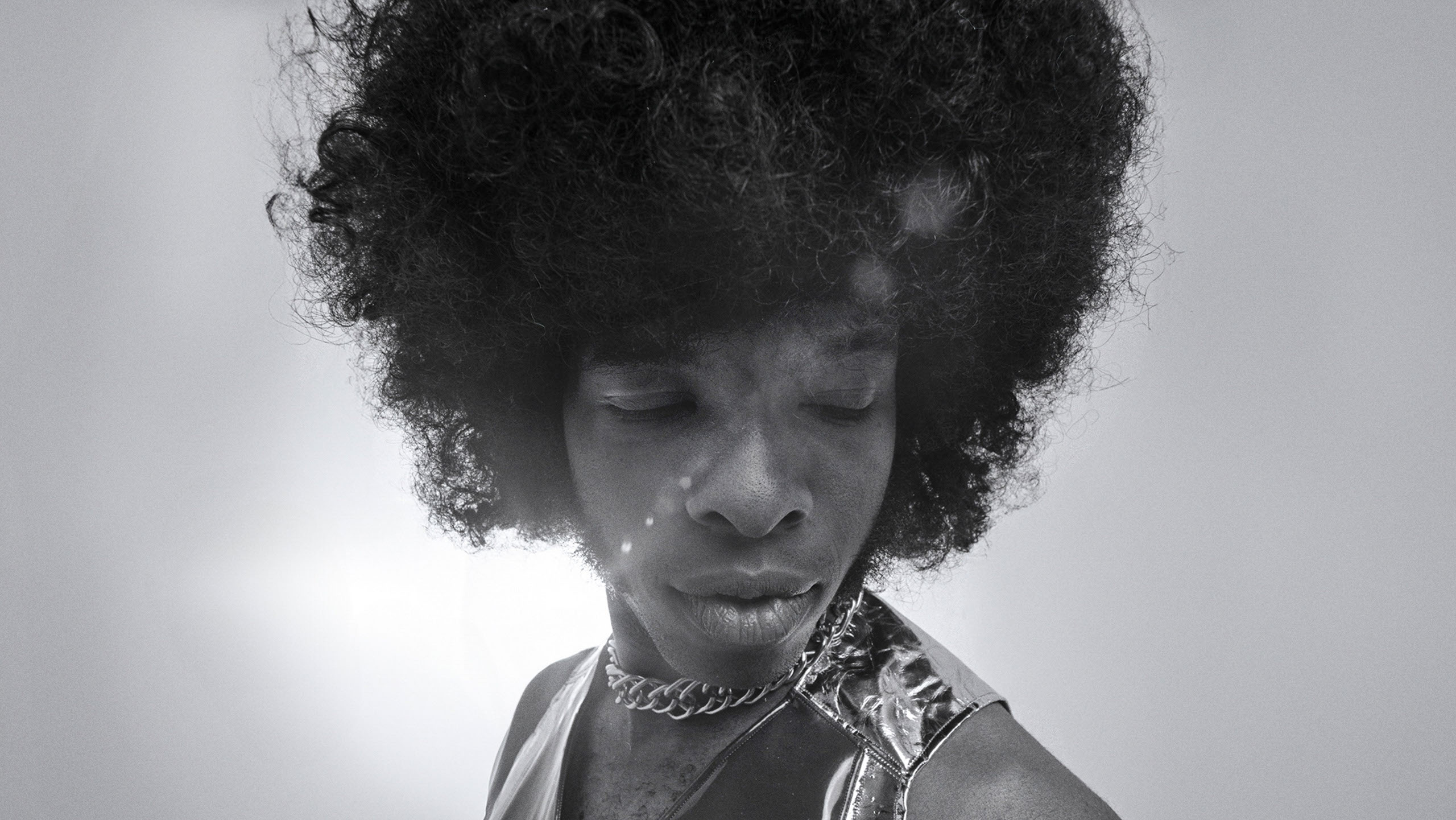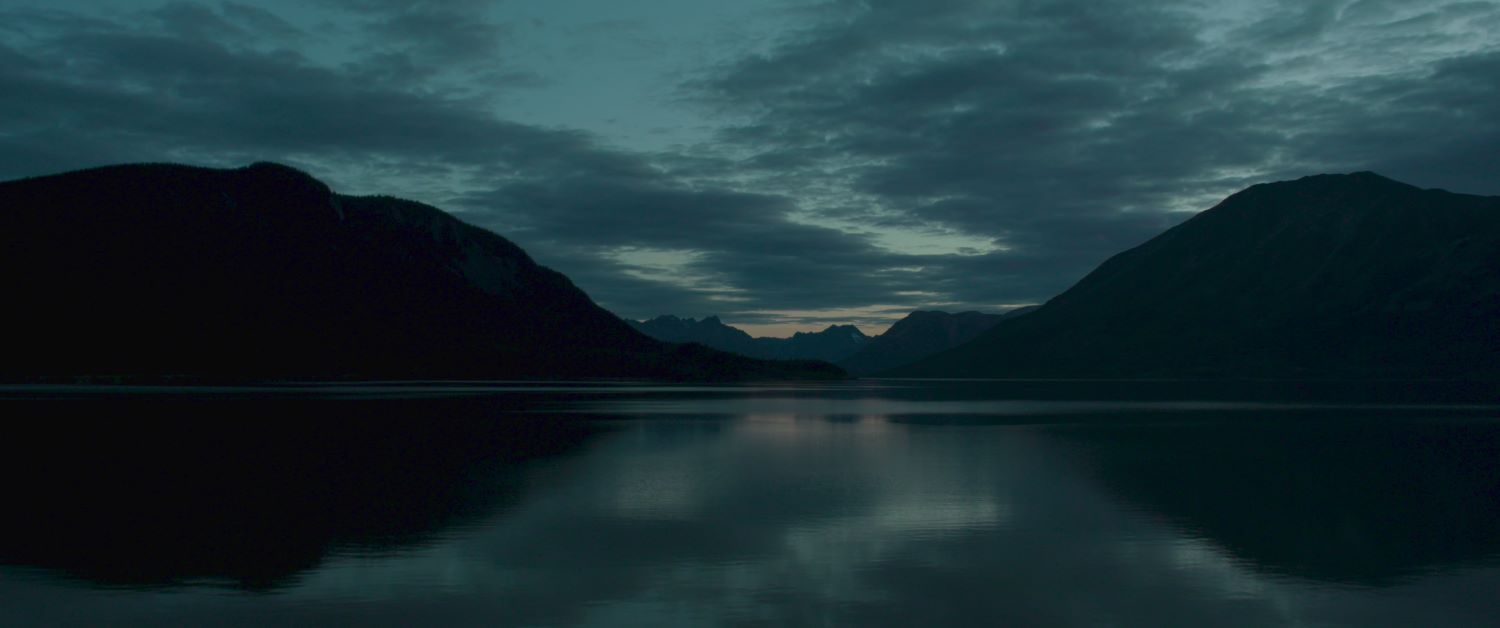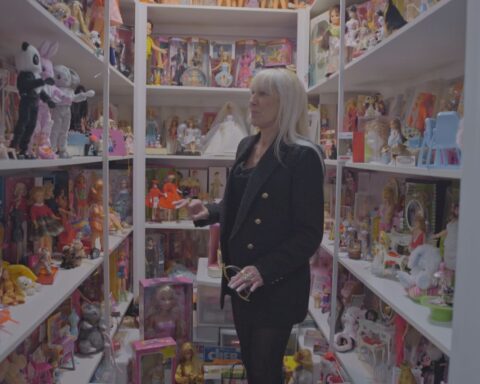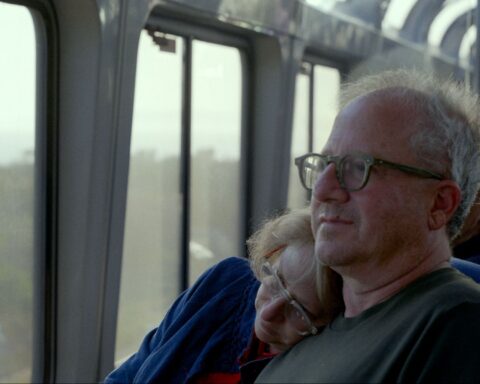Growing up in Toronto, during the golden era of hip hop, rap music became the soundtrack of my adolescence. It felt as if the music was coming-of-age at the same time I was. My teenage pursuit of individualism was echoed in the young rappers who were determined to create poetic works that sounded distinct from their peers. The uncertainty of the future felt less scary when listening to songs by individuals who found strength and perseverance in environments that seemed hopeless from the outside.
Considering the way the music was vilified by the media, politicians, and parent groups alike for its use of coarse language, violent imagery, and sexuality, it is nothing short of remarkable that hip hop celebrated its 50th anniversary last year. From its apex as one of the most musically successful genres as the millennium slowly transitioned into the current decade, hip hop’s declining sales in the 2020s (dominated by pop music) has led some people to begin throwing dirt on its coffin, declaring that the form is dead. However, as the recent lyrical boxing match between Pulitzer Prize winning rapper Kendrick Lamar and Canadian hitmaker Drake has shown, the genre is far from flatlining. As many modern hip hop documentaries and docuseries have captured, the music’s appeal was never about its financial potential, but rather its ability to be the mouthpiece for voiceless and marginalized communities.
Turning poetic pens into megaphones, hip hop has always announced the realities of environments where poverty, crime, systemic racism, and over policing are commonplace. In recent years, a wave of documentaries on film and television have begun to celebrate and analyse this astonishingly influential genre.

In tracing the history of rap back to its South Bronx origins, the Canadian docuseries Hip-Hop Evolution (2016–20) highlights how the art form has always been a defiant act of resistance. A unifying, if at times volatile, tool that not only brought communities together, but also provided a life rope to pull some out of the quicksand of crime.
As Hip-Hop Evolution’s host, Canadian rapper Shad travels across America interviewing key figures and the series captures the economic strife that has been suffocating marginalized regions for decades. Rap provided a career path for many artists, but also fostered a sense of pride in areas that had little reason to cheer. While West Coast gangsta rap and southern groups like 2 Live Crew were easy targets for mainstream media to wag their judgmental fingers, they and many other artists were instrumental in challenging American values, particularly the right to free speech. As the docuseries shows, in refusing to be pigeonholed by the powers that be, hip hop’s rebellious spirit only furthered its mass appeal. Regardless of whether one was a nerdy kid on the east coast, an introvert on the west side, or a conscious activist living somewhere in between, you saw yourself reflected in the music.
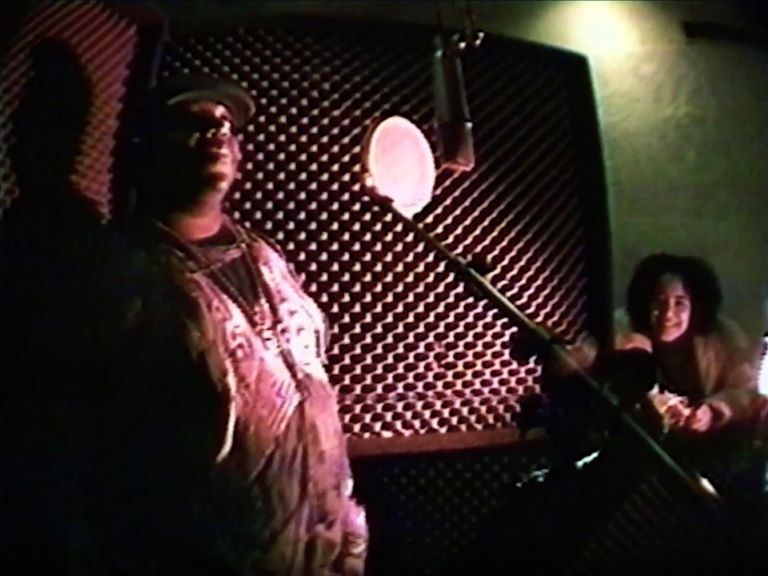
The tent that houses hip hop artists and fans may be large, but not everyone gets a comfortable seat underneath it. Few understand this better than writer-filmmaker dream hampton, stylizing her name in all-lower case as a nod to bell hooks, who has spent years chronicling the genre for various publications. In her brilliant documentary It Was All a Dream (2024), hampton uses archival footage from 1993 to 1995 and excerpts from her articles to construct a dazzling portrait of an era where the possibilities for the genre seemed endless. More than a nostalgic time capsule, her film is both a celebration of hip hop and a meditative examination of the gender disparities that exist within it.
Taking viewers into the studio as landmark albums are being recorded and providing candid interviews with various artists including Notorious B.I.G., Method Man and Snoop Dogg, hampton moves past the bravado to show the real people behind the music. Offering an intimate look at young artists navigating industry politics and budding stardom, she does not shy away from questioning the male artists on their treatment of women in their lyrics and in general. Female MCs had to be three times better than their male counterparts but rarely garnered the same level of respect. Challenging men to do better, including holding each other accountable for their sexist actions, hampton reminds viewers that even in that magical era of hip hop, America’s glass ceilings needed to be broken.
Hip hop’s roots may have grown out of American soil, but its branches stretch far beyond state lines. As director Will Prosper captures in the riveting “Northern Beats” episode of the Canadian docuseries Black Life: Untold Stories (2023), many of the things that American artists rapped about apply north of the border as well. Despite the regional differences in styles, many Canadian rappers share the same challenges growing up in a country that trumpets diversity but often mutes minority voices.
The silencing of those who do not fit the narrow view of what it means to be Canadian is especially felt in the music industry. Prosper’s documentary illustrates how “urban music” was routinely dismissed as not being “Canadian music.” Shunned from mainstream airwaves, it was community radio stations, specifically Ron Nelson’s CKLN-FM show Fantastic Voyage, where hip hop was cultivated and nurtured. Nelson’s studio became a communal hub for fans and artists alike. Even as Canadian artists, such as Maestro Fresh Wes and Michie Mee, began to make waves internationally, various industry levees refused to let their ripples be felt at home.
While the television station Much Music eventually dedicated a daily show, Rap City, to showcasing hip hop, it would take over a decade for the CRTC, who routinely rejected applications for a mainstream urban radio station, to approve the creation of Flow 93.5 in Toronto. This was only one of several hurdles Canadian rappers had to jump over. They had to combat racial stereotypes, the lack of a commercial music infrastructure, and the fact that the Juno awards did not deem the genre worthy of being televised for too long of a time. It’s almost hard to believe that Drake and The Weeknd, who are global superstars, emerged from Toronto’s inadequate musical scene.
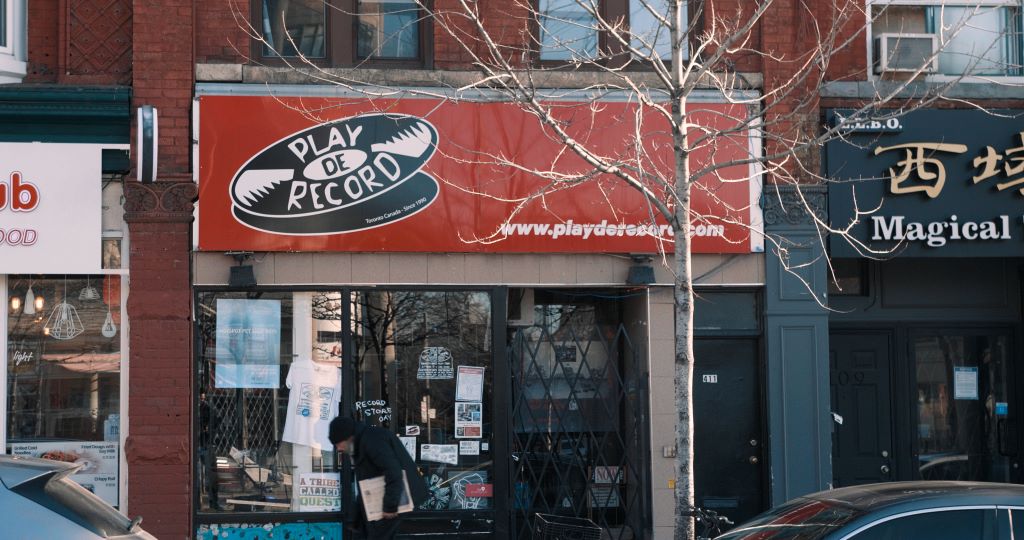
The lack of a supportive environment meant that hip hop albums were also shut out of Toronto’s mainstream record stores like Sam the Record Man, forcing community radio hosts, DJs, and fans to seek alternative means of getting a hold of the music in the early ’90s. In the documentary Drop the Needle (2023), director Rob Freeman explores the rise of Play De Record, the iconic Yonge St. record store that became the go-to spot for those seeking hip hop and electronic music. While the film primarily focuses on the challenges Eugene Tam faced when founding the store in the 1990s, the crucial role it played in fostering rap culture in the city resonates.
Embracing hip hop not only helped Tam’s sales to skyrocket, but fostered a sense of kinship for those who did not see themselves reflected in Canadian music. It was a place where local artists could have their mixtapes displayed on the wall, individuals could sell tickets to parties, and loyal DJs went from customers to employees. Play De Record was also one of the first record stores to understand that hip hop culture was becoming an important part of youth culture in general. For many teens, the store provided stability in an otherwise unpredictable environment.
Using hip hop to make sense of a rapidly changing environment is something the youth of Toronto’s Leslie & Nymark community know all too well. While Charles Officer’s brilliant Unarmed Verses (2017) may not be considered a traditional hip hop documentary, the poetic art form plays an important role in it. Facing a four-year revitalization program, in which their homes will be torn down and replaced with condos, and the possibility of being permanently displaced, the community of
Villaways finds itself on the brink of dissolution. Already saddled with adult responsibilities at home, teens like Francine quietly bear witness as local politicians and developers sell them a false sense of hope for a future they cannot afford to believe in.
Unable to fully express the emotions of fear and uncertainty bubbling up inside them, Officer’s film shows the teens learning to find their voices through a community program where their poetry and raps are turned into songs. Like a cocoon ushering an insect to its next phase as a butterfly, the recording booth becomes a protective and creative space for the program’s participants. A place where art is not simply a vessel for escapism, but a powerful tool to express the pain of losing the only community they have ever known.
For some communities the notion of loss is as common as the weather report on the nightly news. Nas, the legendary hip hop artist, notes in the documentary Nas: Time Is Illmatic (2014) that death was a daily part of life for his Queensbridge neighbourhood. Directed by One9, the film uses each song from the artist’s iconic debut album, Illmatic, to provide understanding for Nas’ meteoric rise to stardom, and as an entry point to examine life in America’s housing projects.
Weaving a vibrant quilt where each patch conveys a unique story, every song on Illmatic reflects the community from the sense of hopelessness to police harassment to adolescent aspirations. Through his song “One Love,” in which Nas writes a letter to an incarcerated friend, he captures how America’s criminal system is destroying generations of Black families. While the criminalization of Black bodies has a long history around the globe, the weaponization of hip hop in the courts has become more prevalent in recent years.
While other genres are treated like clay, allowed to sculpt fantastical tales into various forms, hip hop is routinely viewed as immovable cement in the eyes of the law. As filmmaker J.M. Harper notes in his fascinating documentary As We Speak (2024), which examines the criminalization of rap lyrics, no one bats an eye as Queen sings “Mama I just killed a man / put a gun against his head / pulled my trigger now he’s dead…” in their hit “Bohemian Rhapsody.” However, those same words would be considered admissible evidence in a criminal court if uttered by a rapper.
The divide between who is allowed in the club of freedom of expression and who is stopped by the bouncer for not being on the guest list has always fallen along racial lines. Harper’s film details a long history of attempting to ban Black music regardless of whether it is jazz, rock ‘n’ roll, blues, etc. Using Shakespeare’s Romeo & Juliet as an example, in which young love is told through the lens of gang violence, the film argues that the famed writer was essentially the gangsta rapper of his era. While the Bard is revered for the way he plays with words to construct often violent plays about the lower class, one does not see the poetic lyrics of a rapper being studied in high school curriculums.
In documenting how the long-standing bias against hip hop has had real life legal ramifications, the docuseries Free Meek (2019) captures the various ways the criminal system is stacked against marginalized individuals. A living example of this is rapper Meek Mill who, because of a disputed conviction when he was 19, spent over 11 years on probation. Executive produced by Shawn Carter, aka Jay-Z, the series exposes the horrors of the post-conviction system and the havoc it has caused for families in the rapper’s hometown of Philadelphia.
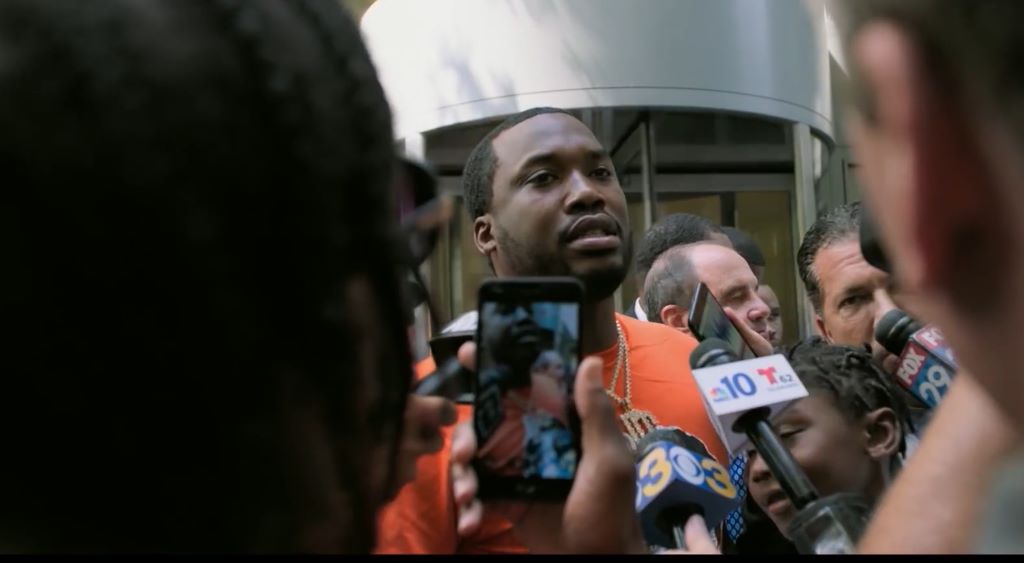
Tethered to the court system like a puppy on a retractable leash, most of Meek Mill’s adult life has been under legal supervision. Even as his rap career started to take off, he could not do the necessary things needed to promote his albums, such as touring, interview appearances, etc., without having it approved by his judge or parole officer. The restrictive guidelines for his probation meant that the slightest deviation from what was planned—even if it was something out of his control like a tornado closing an airport—could result in being sent back to jail. The perpetual threat of incarceration, always hovering over his head like a personal storm cloud, is even more unsettling when the Free Meek program details the abuse of power at various levels of the legal system, which made the rapper’s conviction questionable in the first place.
Long misunderstood by the law and mainstream media, hip hop’s universal appeal has always been the way it captures the pulse of marginalized voices. As modern documentaries and docuseries highlight, the genre brings people together through shared struggle, while simultaneously challenging oppressive structures in society. Despite the hardships and injustices endured, hip hop reminds communities that, as Kendrick Lamar famously rapped, “we been hurt, been down before…but we gon’ be alright.” The growth of documentaries on hip hop and rap are providing a context and history to what has happened to young Black culture in Canada, the US, and Britain over the years. We can expect more as the music continues to evolve.




